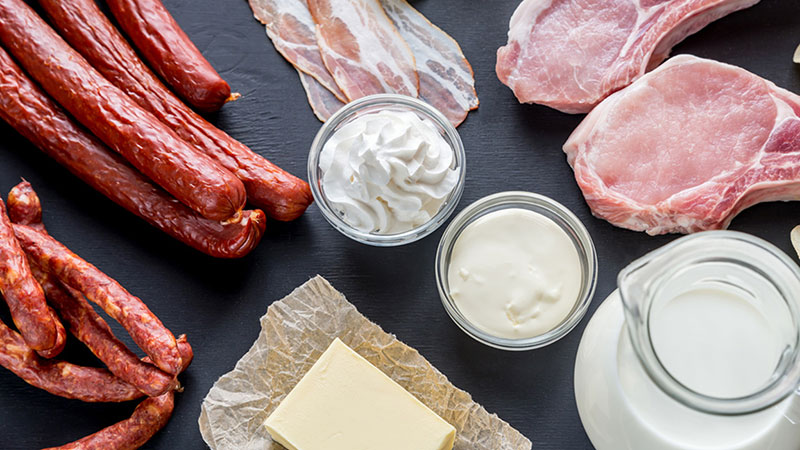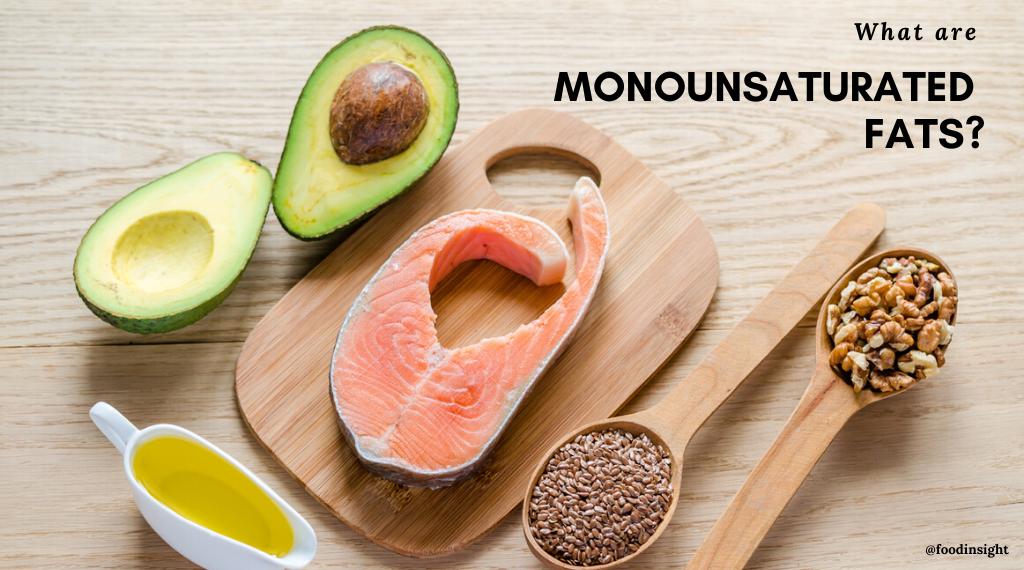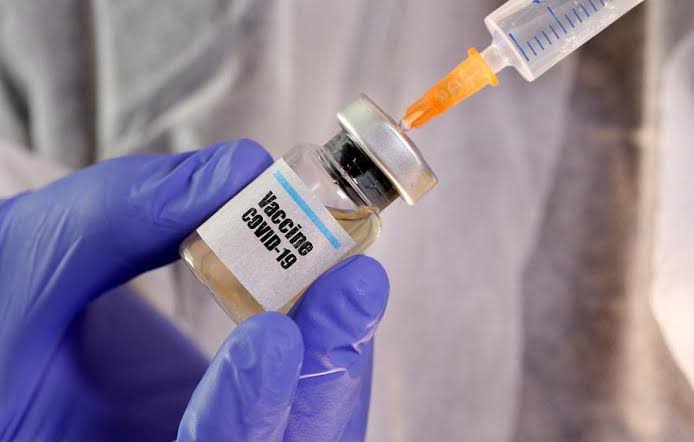How to Keep Your Cholesterol Level in Check
A balanced level of cholesterol is necessary for the body to build and maintain cells. Trying to reduce your excess cholesterol comes with added advantages like better physical health, mental health, and a healthier lifestyle.
According to the United States’ CDC, cholesterol levels should be checked every five years after hitting the age of 20. Here are some ways you can keep your cholesterol levels in check.
REDUCE SATURATED FATS
Saturated fats are usually solid or wax-like at room temperature, often found in dairy food like cream, butter, cheese, full-fat milk, cooking margarine, palm oil, coconut oil, and red meat.
Higher intake of saturated fats increases low-density lipoproteins (LDL), subsequently raising the risk of coronary heart diseases. The American Heart Association (AHA) recommended that only five to six per cent of your daily calories come from saturated fats.

CUT OUT TRANS-FAT FROM YOUR DIET
Trans-fat is considered the worst type of fat for consumption. They increase your risk of stroke, cardiovascular diseases, and Type 2 diabetes.
Some food that include trans-fat are margarine, shortening (used for baking), baked goods like cookies and pastries, fried fast food like fried chicken, French fries, mozzarella sticks, doughnuts, refrigerated or pre-made dough, microwave popcorn and non-dairy coffee creamer.

ADD MONOUNSATURATED AND POLYUNSATURATED FATS IN YOUR DIET
Both monounsaturated and polyunsaturated fats decrease LDL in the blood and increase high-density lipoprotein (HDL), the so-called ‘good cholesterol’.
Monounsaturated fats also reduce the oxidation of cholesterol.
Monounsaturated fats can be found in olive oil, canola oil, nuts like almonds, hazelnut, cashews, avocados, olives, nut butters, pumpkin seeds, and sesame seeds.
There are two types of polyunsaturated fats: omega-3 fatty acids and omega-6 fatty acids. As our bodies cannot produce these essential fatty acids, it is imperative that we obtain them from our diet.
Omega-3 fatty acids can be found in fatty acids such as salmon, shrimp, mackerel, pine nuts, walnuts, flaxseed and sunflower seeds. Omega-6 is mostly found in plant-based oils like sunflower oil, soybean oil and grapeseed oil.

INCREASE YOUR FIBRE INTAKE
Incorporate fibre-rich food in your everyday life.
In addition to keeping your cholesterol level in check, fibres have a multitude of health benefits including reducing blood glucose levels, keeping you fuller for a longer time subsequently reducing your food intake, normalising bowel movements and reducing constipation.

AVOID/QUIT SMOKING
As we all know, smoking is hugely detrimental to health. Smoking speeds up the rate of plaque formation in the arteries and makes blood more prone to clotting. All of this results in increased risks for heart diseases, heart attacks, and strokes.
Quitting smoking is a sure-fire way to improve the health of the heart and reverse these negative effects.

START EXERCISING
Exercise and physical activity increase HDL levels in your blood while also decreasing LDL. Most people should aim to do 30 to 60 minutes of exercise and moderate-intensity physical activity on most days of the week. From walking to weight training, there are many types of exercises out there to get your body moving.

MAINTAIN A HEALTHY WEIGHT
Being overweight and obese increases blood cholesterol. It is important to shed those extra pounds and continually maintain a healthy weight range. Make simple switches in your diet like whole-grain alternatives for the refined carbohydrates, limiting sugar in the diet except for natural sugars found in fruits, substituting sugar with stevia – a natural zero-calorie alternative that will not spike your blood glucose, choosing healthy fats over added saturated fats and ensuring that you take in all the macronutrients.









